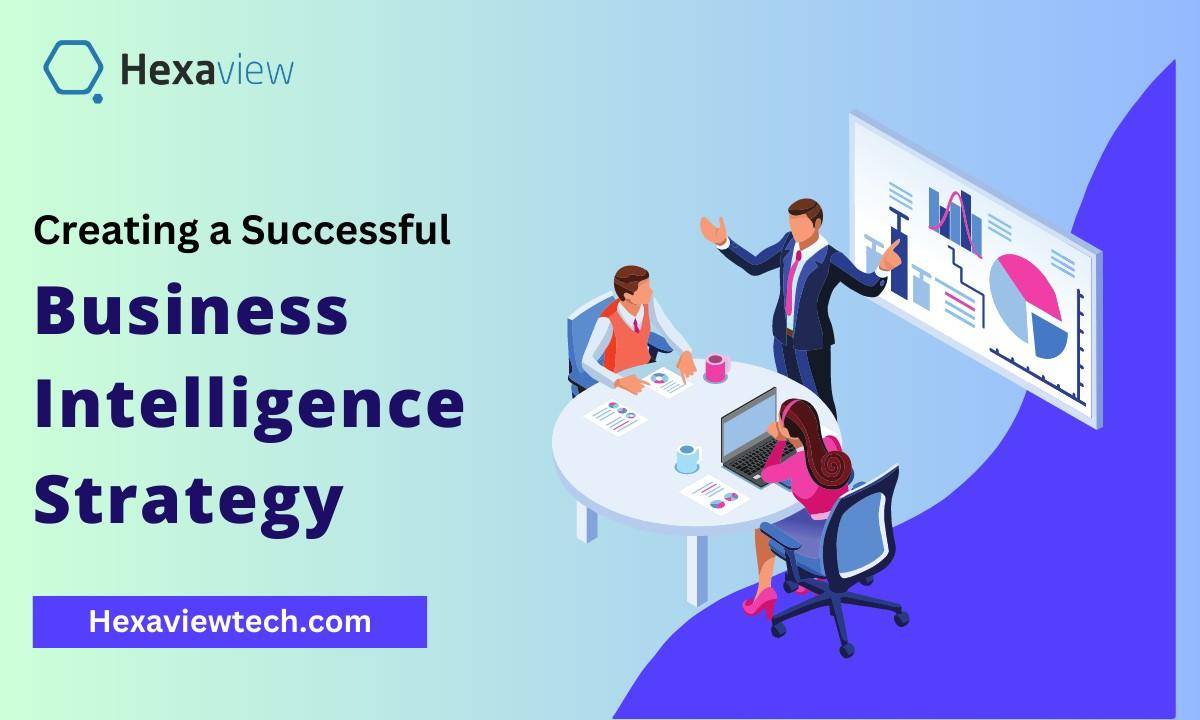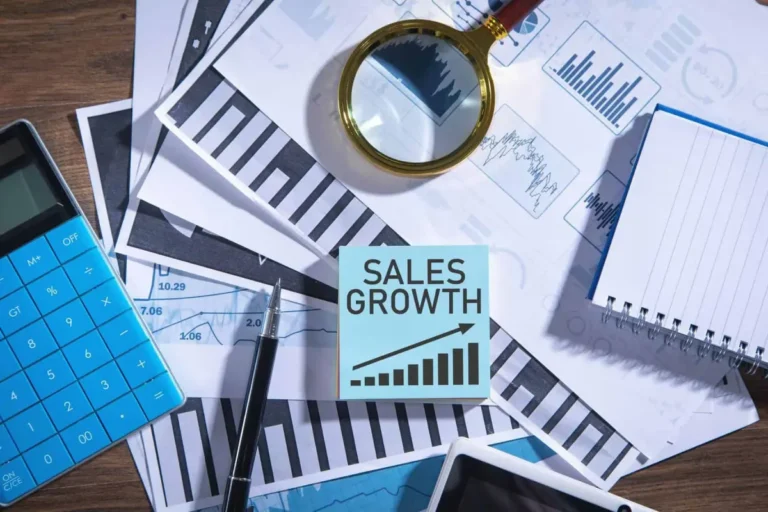How can you ensure that each part of your business intelligence systems and processes functions? How can you organize your goals, training, and business intelligence tools to ensure you get the maximum return on your investment? You design a successful approach to business intelligence.
Mastering BI is crucial before delving into the details of the strategy. “Business intelligence” refers to the methodology and technology a company uses to analyze data. The technology may provide insights into historical performance, current business performance, and forecasts for probable future scenarios. So, a business intelligence plan is a guide for using the data an organization produces. This information may originate from various departments within your business, such as human resources, supply chain management, manufacturing, finance, customer relationship management, and more. An effective BI approach involves people, processes, and technology.
A business intelligence plan will provide you with seamless access to the data with advanced data visualization services where you need to learn more about your organization, review your operations and strategy with up-to-date information, and eliminate or reduce risks. 45 percent of companies concentrate their data analytics efforts on developing new business models, according to the 2020 Global State of Enterprise Analytics survey.
This article will dive deep into creating a successful business intelligence strategy and its benefits.
Major Components of BI Strategy
Vision– The expectations are outlined in the BI strategy vision. Everyone agrees that the approach will include the vision. Certain BI initiatives, for instance, only include reporting and analytics objectives.
Individuals– A BI strategy needs executive sponsorship from a senior figure who is the plan’s motivator and supporter. Inform them about ROI and how your business intelligence strategy keeps your organization competitive in its sector. Define the responsibilities of any additional personnel engaged; for instance, choose the data or analysis that each department requires.
The Complete Process –Describe the strategy’s current state, including access levels compared to needs and data silos compared to needs. Determine the gaps between the current state and the goal state. Using both the present and the final states, define the process requirements.
Design the Enterprise Architecture-which encompasses the intended outcomes, technical needs, metadata, data requirements, security requirements, and software and data integration.
Tools-All necessary hardware and software are referred to as “tools.” Choosing the right tools might need to wait until you know what BI means for your business and whether technology is involved. Find examples of each to understand how BI tools and software fit into a plan.
Step-by-Step Process Involving in Creating a Successful Business Intelligence Strategy
The powerful data visualization consulting services with advanced Business Intelligence strategies include the following step-by-step process;
Form a Leadership Group with an Executive Sponsor
It would help if you had executive support to implement a business intelligence strategy that has a real impact on the corporation. You will now assign an executive sponsor for the project and choose important stakeholders to include in the strategy talks as you develop your business intelligence strategy.
Establish Business Intelligence Goals with Important Stakeholders
While technology and data infrastructure are important, the most significant aspect of implementing business intelligence is using it to alter how people perform their jobs and provide each employee with better information. This is where many companies concentrate their business intelligence efforts. Technology will be a part of your business intelligence plan, but you should concentrate on how it will help you achieve your company objectives. Technology is constantly used for a reason.
Outline how business intelligence will assist each goal with your group of key stakeholders after discussing and prioritizing the business goals you want to advance with your business intelligence strategy. Don’t set any limitations at this time.
Examine the Availability and Infrastructure of the Present Data
It’s time to start discussing the specifics of your business intelligence plan now that you have a firm knowledge of your objectives. Your technical team will be significantly involved in this conversation, but the executive sponsor and other important stakeholders should also take part to guarantee alignment and address current business requirements.
You will respond to these questions as part of your business intelligence strategy:
- What information about your goals do you already have?
- Which data and BI-related processes are already in place for data storage, organisation, access, governance, etc.? What about those procedures functions or doesn’t?
- What BI technology is already used, and what functions well or poorly? related queries about BI advancements, concerning objectives, external data sources, or the need for new human resources to handle particular roles.
Choose a Business Intelligence System Solution
It’s time to select a business intelligence solution and set up a data infrastructure that will support you throughout the life of your plan once you have thoroughly evaluated your access data and needs. Four key areas should be covered in your infrastructure planning:
- Data collection and administration
- Storage and capacity
- Dashboards and visualisation tools
- Finally, access and governance.
Prepare to Put your Business Intelligence Strategy into Action
Create a timeline and a list of completion dates for implementing your business intelligence strategy. When will each element of your plan be completed? Would you introduce the solution to several departments gradually or all at once? When will your storage or data warehouse be ready exactly? When will the analytics dashboards for each department be ready, and how will the staff be given access to them?
Your plan should specify the timing and channels of communication for the following:
Respond to the strategic inquiries and issues that are the foundation of sophisticated BI initiatives.
Training to Enhance New Technologies and Enrich with BI Applications
Employing new technologies to staff members to enhance data visualization services who haven’t previously used business intelligence or data analytics consistently is typically part of developing an overall business intelligence plan. Whether a front-line employee or a high-level executive, individuals should feel confident to use the new solution to guide their daily decisions easily. Employees shouldn’t have to feel burdened when using your business intelligence solution; a large part of that confidence comes from efficient, in-depth training.
Start, Measure the Progress through Systematic BI Application
You succeeded! You developed a business intelligence strategy due to all your planning, questioning, alignment, and collaboration! Don’t forget to evaluate your progress and keep doing so after you’ve finished each stage of your approach. We also advise informing staff members when you achieve your goals and doing so in a data-driven manner. Bring them along on your success journey and quantify that success accurately so you can communicate it to all team members and stakeholders.
Wrapping Up
Create a solid BI strategy using reliable tools and a platform. The ability to create a BI plan for your business with the correct software is powerful and flexible. While searching for a BI solution, be sure it provides the support you require, can interact with your current systems, and can produce customized dashboards and reports.
If you are looking for optimized data visualization services. In that case, it’s time to opt for Hexaview Technologies – a leading data science services provider, for transforming your data into valuable decisions through a resourceful team with powerful data analytics and data visualization services.
Read more: How Businesses Are Using Data Analytic Tools to Ingest Data




